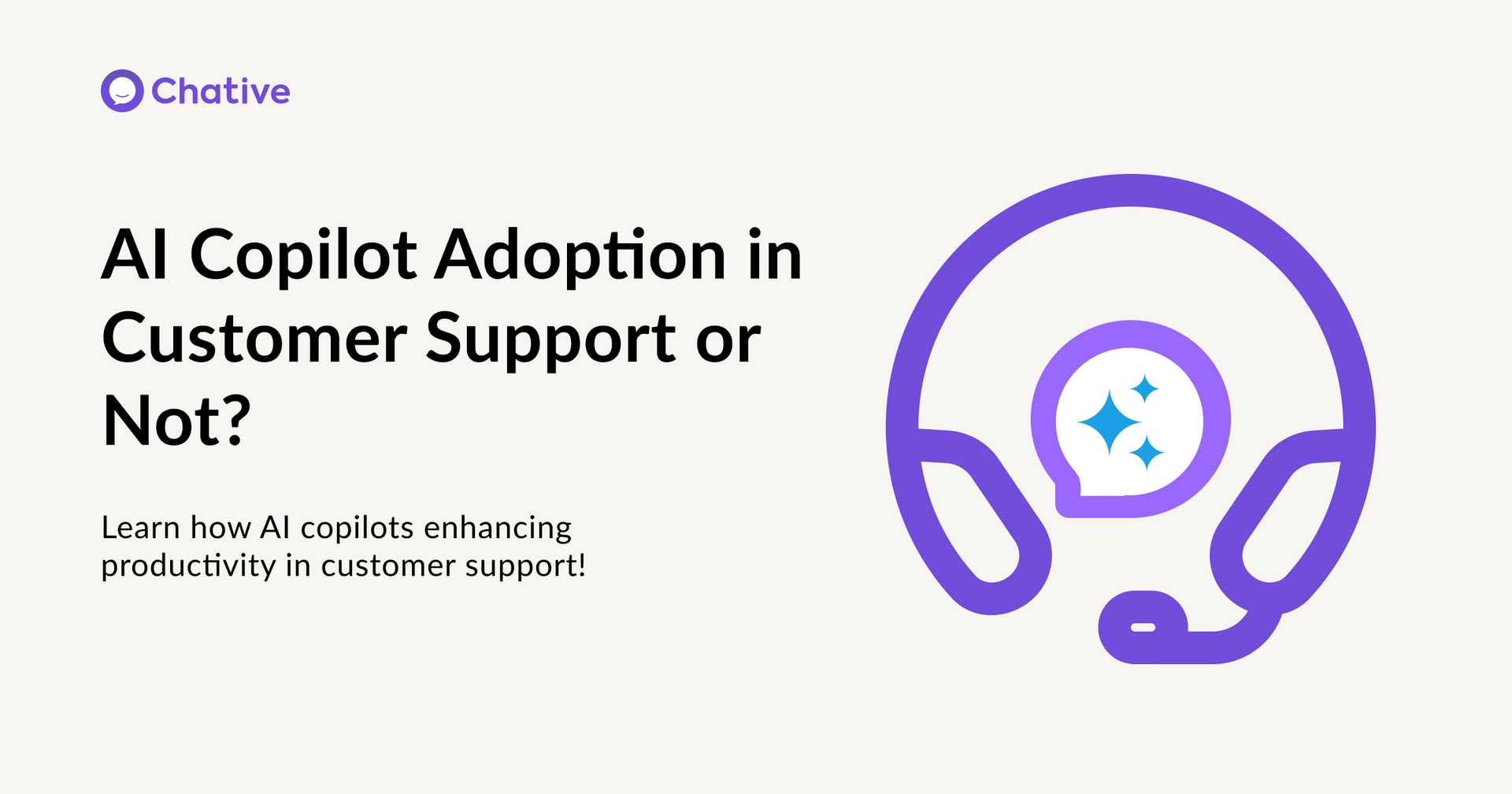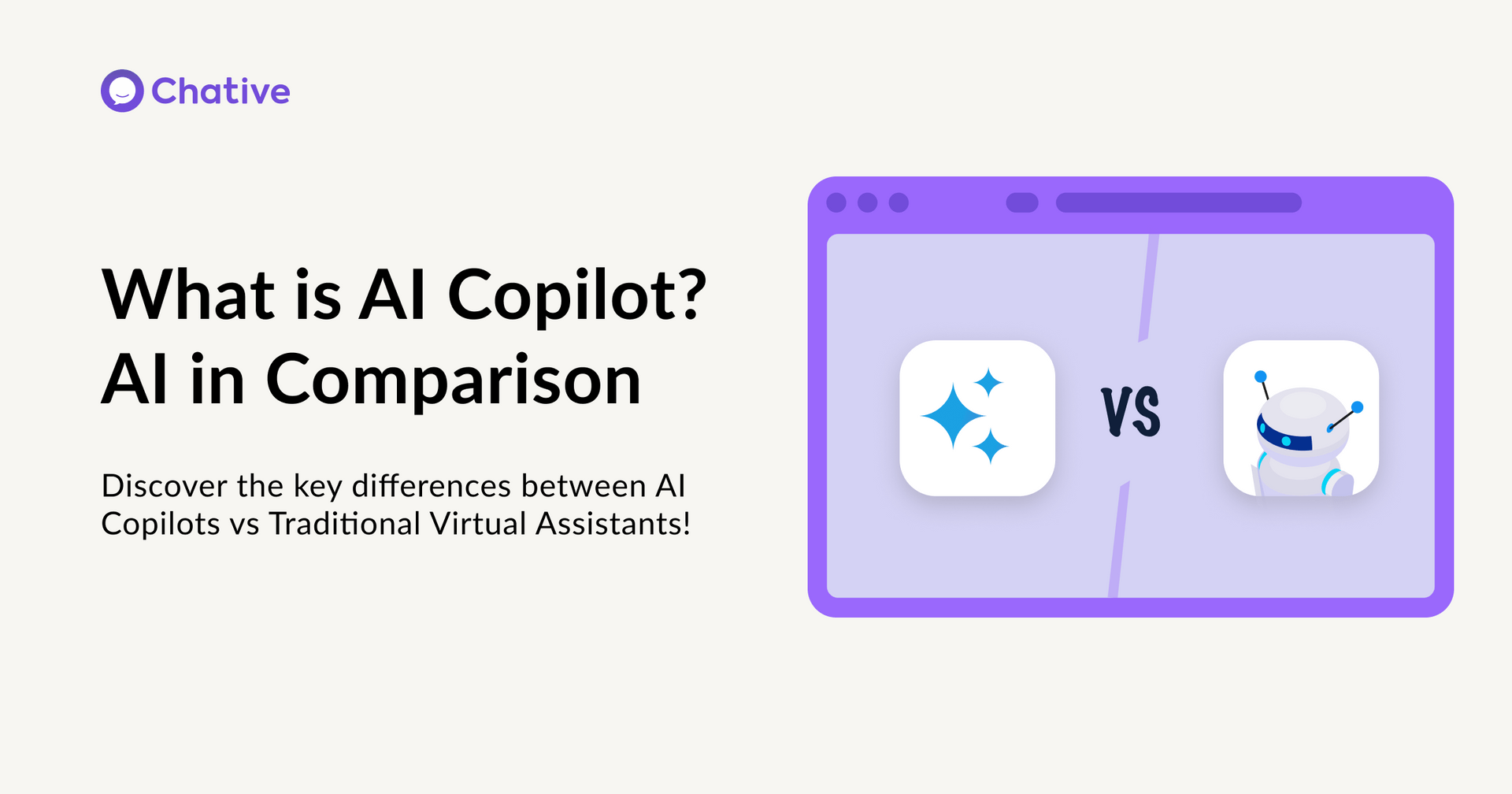What Should Your Brand Do To Keep Customers Coming Back?
AI & Chatbots - October 02, 2024 - 5 min

QUICK LINKS
Nearly 80% of customers are willing to switch to another brand if they have a poor post-purchase experience. This statistic highlights the importance of reconnecting with customers after purchasing to build brand trust for e-commerce businesses.
Using AI in customer service has been adopted by many businesses due to its effectiveness. According to a survey by PwC, 73% of businesses have implemented AI in their operations, especially in automated customer service.
By leveraging AI technology, you can optimize communication and enhance business efficiency. This article will explore how this technology helps businesses reconnect with customers after a purchase, increasing satisfaction and building brand trust.
Understanding the Post-Purchase Experience
The post-purchase experience refers to the interactions customers have after completing a purchase. It includes order confirmations, shipping updates, and customer support. This stage is critical for building customer loyalty. Satisfied customers are more likely to return and recommend your brand to others.
Why Customer Loyalty Matters
Customer loyalty is crucial for businesses as it can significantly impact their bottom line. Research from the Harvard Business Review shows that acquiring a new customer can be 5 to 25 times more expensive than retaining an existing one.
By focusing on strong relationships and exceptional service, businesses can increase retention rates and drive more revenue. Loyal customers tend to make repeat purchases and recommend your brand, creating a positive ripple effect on overall growth.
Common Challenges Faced by E-Commerce Businesses
E-commerce businesses face several challenges in the post-purchase phase, including ineffective communication and complicated return processes.
- Ineffective Communication and Updates
Over 80% of consumers expect regular updates about their order status. This includes notifications at every step, such as purchase confirmation, initial shipment notification, and delivery updates.
“One of the worst inquiries a brand can receive is the dreaded ‘WIMO’ (where is my order?) email,” Anne Hallock, Chief Revenue Officer at Flowspace said. “When customers don’t have to ask where their order is or worry about its contents or condition upon arrival, it fosters a sense of brand quality and reliability. This confidence is what encourages customers to enter the loyalty loop and choose to transact with a brand again.”
- Complicated Return and Exchange Processes
Returns can be a significant pain point for many customers. A complicated return process may deter them from making future purchases. Research indicates that 84% of online shoppers would turn away from a retailer after a negative returns experience. Conversely, a positive returns experience can enhance brand trust and encourage repeat purchases.
You might require excessive documentation or lengthy procedures to process returns. Simplifying these processes can improve customer satisfaction. Clear instructions and easy-to-follow steps make it easier for customers to navigate returns.
Improving Customer Satisfaction with AI
AI is increasingly recognized as a vital tool for improving customer satisfaction. AI-powered chatbots can automate 65-80% of customer support tasks, significantly reducing response times. This means customers get answers to their questions whenever they need them, without waiting for human agents.
AI also keeps customers informed from order confirmation to delivery, building trust and loyalty. For example, a major retail brand that implemented AI chatbots saw a 30% increase in customer satisfaction ratings within six months.
Additionally, AI can analyze customer feedback to identify areas for improvement, enhancing the overall service experience.
Specific AI Solutions for Post-Purchase Enhancement
Automated Follow-Up Inquiries
Automated follow-up inquiries can significantly enhance the customer experience. Did you know that customers who receive thank-you messages after purchases feel more valued? Follow-up surveys also allow you to gather essential feedback to improve your products and services.
By using AI and automation, you can easily set up these messages, ensuring that every customer feels acknowledged and appreciated. Automated follow-ups are a smart way to strengthen relationships and boost satisfaction.
Real-Time Updates on Order Status
Keeping customers updated on their order status is essential. Automated notifications about shipping and delivery help reduce anxiety and build trust. When customers receive timely updates, they feel more secure in their purchases.
Using an automated notification system ensures that customers always know where their orders are. This transparency enhances their experience and encourages future purchases.
Reminders for Re-Purchase
Automated reminders play a vital role in subscription-based products. By notifying customers when it’s time to restock or renew, you encourage repeat purchases and keep your brand top-of-mind.
An automated reminder system simplifies this process. Personalizing these reminders based on customers’ previous purchases makes them more relevant and engaging.
AI Support for Returns and Exchanges
Returns and exchanges can often frustrate customers and businesses alike. Automating this process streamlines operations and simplifies the experience for everyone involved. AI can guide customers through return policies and clearly outline the steps they need to take.
Implementing an AI support system allows businesses to reduce the workload on human agents while providing instant assistance. Customers receive quick answers to their questions, making the returns process smoother and enhancing overall satisfaction.
AI for Handling Common Post-Purchase Questions
Chatbots are an effective way to handle common post-purchase questions and improve customer support – they never sleep and don’t need bathroom breaks! With 24/7 availability, they tackle common post-purchase questions, ensuring customers get quick answers anytime, day or night.
You can train the AI to handle FAQs on orders, returns, and product details, so customers get instant answers—no more waiting on hold! Customers love having immediate access to the info they need without the hassle.
Benefits of Automated Customer Service
Cost Savings
Automated customer service can lead to significant cost savings. By reducing the need for large support teams, businesses can lower labor costs and minimize errors. AI chatbots can handle thousands of inquiries at once, reducing the need for multiple agents on similar tasks.
As AI takes over repetitive tasks, operational costs decrease. You won’t need to pay for overtime or hire extra staff during busy periods. Instead, you can invest in training employees for more complex tasks, resulting in a leaner operation and better profit margins.
Reduced Wait Times
Immediate responses from automated systems lead to shorter wait times for customers. Today’s shoppers expect quick answers, especially after a purchase. Automation provides instant replies to common questions, speeding up resolution times.
66% of consumers expect a response within minutes. They appreciate not having to endure long hold times or navigate complicated menus. A quick response can turn a frustrating experience into a positive one, boosting customer loyalty.
Scalability of AI Solutions
Automated customer service offers scalable solutions to handle demand fluctuations. During busy seasons, like holidays, customer inquiries can surge, but traditional systems may struggle, leading to delays.
AI-powered systems easily adapt to increased request volumes. You can manage more inquiries without sacrificing quality. Operating around the clock, these systems ensure support is always available. As your business grows, AI scales with you, maintaining efficiency.
Seamless Customer Interactions
Automated updates and reminders enhance the quality of customer interactions. AI provides timely information about orders and services, sending notifications about shipping status or appointment reminders without customers needing to ask.
This proactive approach makes customers feel valued and informed, building trust between your business and customers. Engaging them with personalized messages further strengthens these connections.
Implementing AI: Best Practices for E-Commerce Businesses
Begin by assessing your current processes. Identify areas where AI integration for e-commerce can enhance efficiency. Review your product catalog, documentation, and website URLs. AI can learn from these resources to improve customer interactions.
Encourage staff to observe how AI operates. This helps them understand its strengths and limitations, allowing them to step in during complex situations. This handover ensures customers receive the best support possible.
Balancing AI and Human Interaction
While automation offers many benefits, human support remains essential. Customers often appreciate a personal touch, especially for complex issues. Your team should be ready to assist with challenging cases that AI cannot handle.
AI is excellent at managing routine inquiries, freeing up staff to focus on more complex tasks. This collaboration between AI and human support enhances overall service quality, ensuring customers feel valued and understood.
Real-World Case Studies
H&M
H&M, the global retail giant, uses generative AI to help shoppers easily find clothing and accessories. This technology has cut response times by up to 70% compared to human agents, boosting productivity and enhancing the shopping experience.
With an AI chatbot on their website and a voice assistant in their mobile app, customers can quickly locate products and get help with orders and FAQs.
Klarna
Klarna, a top fintech company, has successfully integrated generative AI into its customer service. Their AI Assistant manages two-thirds of customer service chats, slashing average resolution time from 11 minutes to under 2 minutes.
This automation not only speeds up responses but also provides real-time order updates, leading to a 25% decrease in repeat inquiries. Klarna’s use of AI has improved customer service while saving over $40 million annually.
Delta Airlines
Delta Airlines has introduced “Ask Delta,” a generative AI chatbot that gives instant answers to inquiries about checking in, tracking bags, and finding flights. This chatbot has reduced call center volumes by 20%, streamlining processes and ensuring timely assistance for customers. Delta’s AI-driven approach demonstrates how technology can boost customer satisfaction and loyalty in the airline industry.
Heathrow Airport
Heathrow Airport has implemented generative AI in its customer service, achieving response times reduced by up to 70%. This advancement enhances operational efficiency and significantly improves customer experiences. The AI system quickly addresses service queries and summarizes cases, setting a new standard for customer service in aviation.
Closing Thoughts
In the highly competitive e-commerce landscape, enhancing the post-purchase experience through AI is essential. Automation tools not only provide timely updates and reminders for customers but also create a deeper connection between the brand and consumers. Customers will feel valued and reassured knowing they have 24/7 support from the system.
Start your journey to improve customer service by investing in AI solutions today. Don’t let opportunities slip away; explore new technologies and integrate them into your processes.
Related Posts
June 30, 2025
How to Connect Your AI Chatbot to HubSpot CRM
March 07, 2025
AI Copilot Adoption in Customer Support or Not?
February 22, 2025













